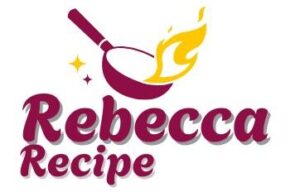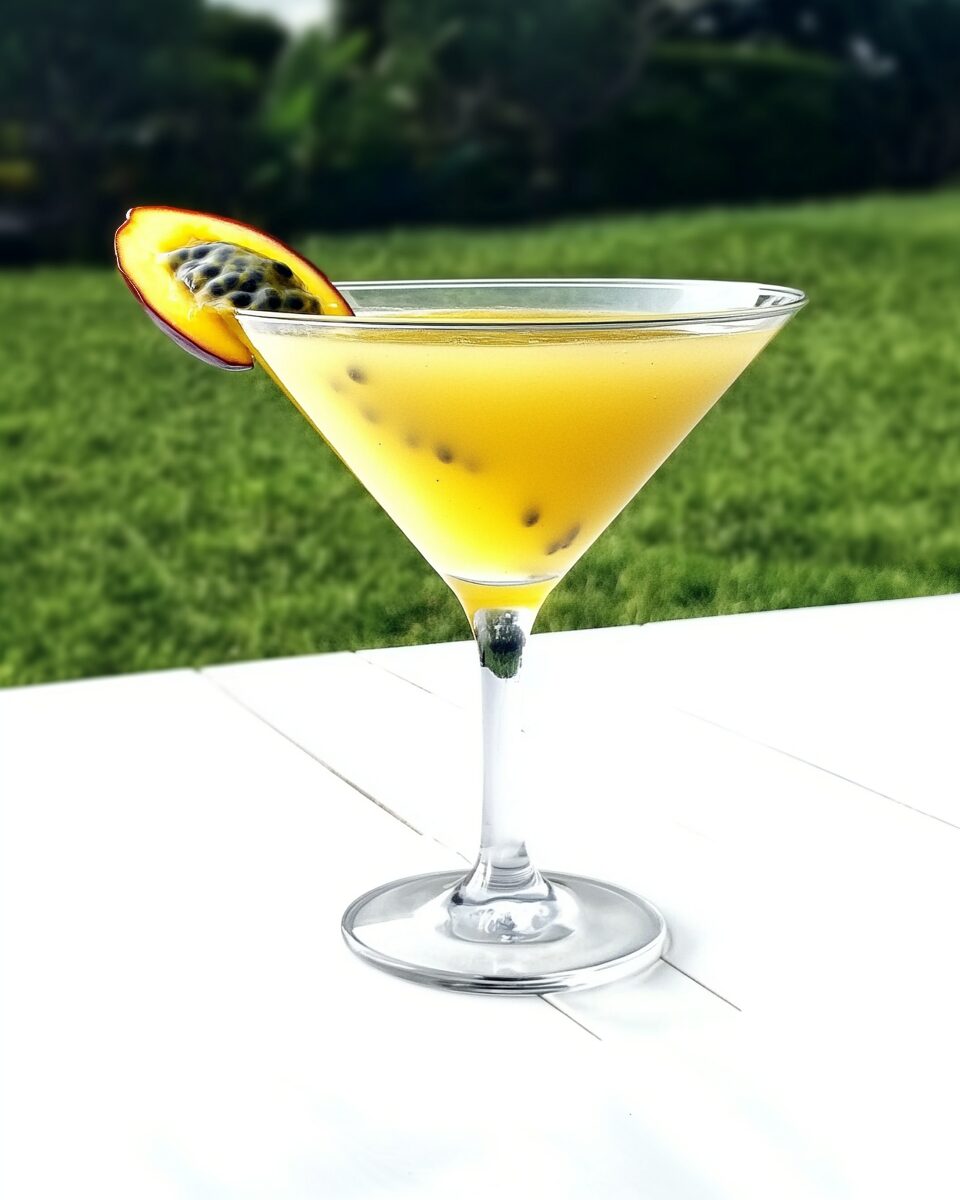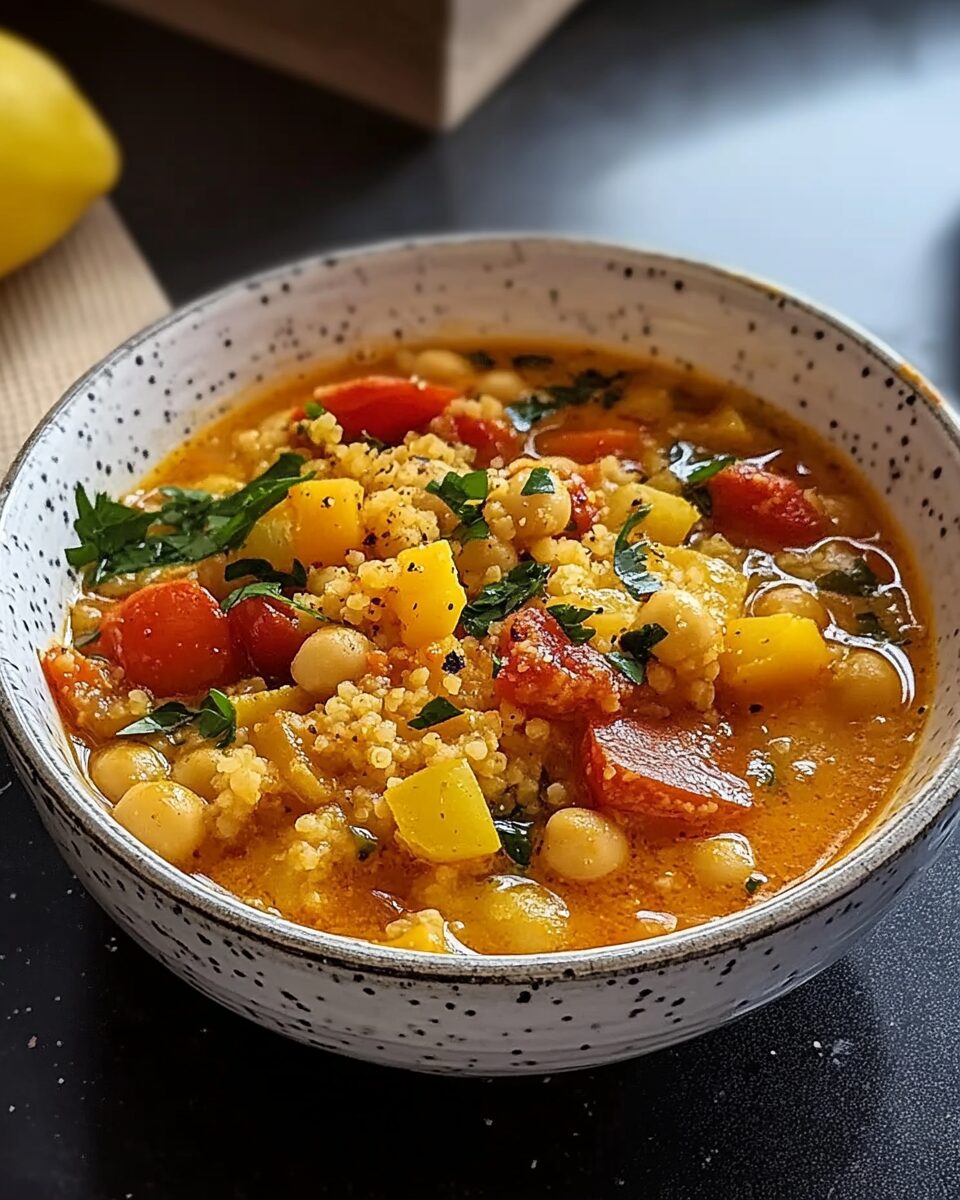Hawaiian Mimosas are a tropical twist on the classic mimosa, combining the refreshing flavors of pineapple juice, coconut rum, and champagne, with a splash of grenadine for a beautiful layered effect. This vibrant cocktail is perfect for brunches, celebrations, or any occasion that calls for a festive drink.
Full Recipe:
Ingredients
- 3 ounces chilled pineapple juice
- 1 ounce coconut rum (such as Malibu)
- 3 ounces chilled brut champagne or prosecco
- 0.5 ounces grenadine
- Pineapple wedge and maraschino cherry for garnish
Directions
- Pour the chilled pineapple juice into a champagne flute.
- Add the coconut rum to the glass.
- Slowly top with the chilled champagne or prosecco, tilting the glass to prevent excessive foam.
- Carefully pour the grenadine along the edge of the glass; it will sink to create a layered effect. Do not stir.
- Garnish with a pineapple wedge and a maraschino cherry.
Nutritional Facts
The nutritional content of a Hawaiian Mimosa can vary based on the specific brands and quantities of ingredients used. A standard serving typically contains approximately:
- Calories: Around 190 kcal per serving.
- Carbohydrates: Approximately 18 grams, primarily from sugars.
- Fat: About 0.1 grams.
- Protein: Approximately 0.2 grams.
- Sodium: Around 1 milligram.
- Potassium: Approximately 74 milligrams.
- Fiber: About 0.1 grams.
- Sugar: Approximately 15 grams.
The Origins of the Mimosa
The mimosa cocktail, a staple of brunch menus around the world, has a long and fascinating history. The drink is said to have been invented in 1925 at the Hôtel Ritz Paris by a bartender named Frank Meier. Originally known as a “Champagne Orange,” the cocktail was a simple mix of champagne and orange juice, served in a tall glass. Over time, the mimosa grew in popularity, especially as a drink for special occasions like weddings, brunches, and holidays.
The Hawaiian Mimosa, however, is a modern twist that embraces tropical flavors and ingredients. Unlike the original mimosa that sticks to the simplicity of champagne and orange juice, the Hawaiian version infuses a more exotic and tropical flavor profile. The addition of pineapple juice, coconut rum, and grenadine creates a delightful blend that transports drinkers to a tropical paradise with each sip.
Though the Hawaiian Mimosa may not have a storied history as long as the original mimosa, it has certainly carved out a place for itself on the cocktail scene, especially among those looking for a fun and refreshing twist on classic brunch beverages.
The Appeal of Tropical Cocktails
Tropical cocktails, like the Hawaiian Mimosa, have always held a special place in the hearts of cocktail enthusiasts. These drinks are not just about the flavors—they evoke a sense of escapism. Whether you’re on a beach in Hawaii or just imagining yourself there, tropical drinks allow people to experience a little bit of paradise, no matter where they are.
The vibrant colors of these cocktails are part of their appeal. Hawaiian Mimosas, with their bright, layered appearance, are visually striking and instantly elevate the drinking experience. The contrast between the bright yellow pineapple juice, the deep red grenadine, and the bubbly champagne creates an enticing visual that captures attention even before the first sip.
Furthermore, tropical drinks tend to be sweeter and fruitier, appealing to a broad range of palates. They offer an easy-to-drink sweetness that is balanced by the effervescence of sparkling wine, making them the perfect choice for casual sipping. The addition of coconut rum in the Hawaiian Mimosa adds an element of creaminess, enhancing the overall drinking experience. The drink has an inviting, fun character that appeals to a wide audience, whether they prefer light, sweet beverages or more complex cocktails.
Perfect for Celebrations
One of the reasons the Hawaiian Mimosa is such a popular choice for brunches and celebrations is its versatility. It can be enjoyed on its own or paired with a variety of foods. The bright, fruity flavors complement a range of brunch dishes, from savory options like eggs benedict to sweet options like pancakes and waffles. It also pairs wonderfully with light snacks and appetizers, making it an ideal drink for social occasions.
Another reason why Hawaiian Mimosas are perfect for celebrations is their ease of preparation. While some cocktails require complex techniques and specialized tools, the Hawaiian Mimosa is straightforward to make and doesn’t require a lot of time or effort. It’s a great option when you want to serve a crowd without having to worry about complicated cocktail recipes. Simply pour, stir, and garnish, and you’ve got a delicious drink that will impress guests.
Whether it’s a wedding reception, a birthday party, a holiday brunch, or a casual gathering with friends, Hawaiian Mimosas are sure to bring a festive spirit to any celebration. The tropical flavors make them a fun and lively addition to any event, creating a festive atmosphere wherever they’re served.
Customization Options
One of the best things about the Hawaiian Mimosa is its adaptability. While the classic recipe is a crowd-pleaser, there are endless ways to customize the drink to suit your personal taste or the occasion. You can experiment with different types of rum, syrups, and even fruit juices to create your own signature version of the Hawaiian Mimosa.
For example, if you prefer a less sweet cocktail, you can swap out the coconut rum for a lighter white rum or use less grenadine to reduce the sugar content. Alternatively, if you’re looking for a more tropical twist, you could add a splash of mango juice or passion fruit juice to the mix. You could even try adding a squeeze of fresh lime or lemon for a hint of acidity to balance out the sweetness of the pineapple juice.
If you prefer a non-alcoholic version of the Hawaiian Mimosa, it’s easy to make a mocktail by omitting the coconut rum and using sparkling water or lemon-lime soda as a substitute for champagne. This version is just as refreshing and flavorful, making it a great option for those who are abstaining from alcohol or simply prefer a lighter, less boozy drink.
Garnishing Your Hawaiian Mimosa
A garnish can make a drink feel extra special, and Hawaiian Mimosas are no exception. Garnishes not only enhance the drink’s visual appeal but can also add an extra layer of flavor or aroma. Traditional garnishes for the Hawaiian Mimosa include pineapple wedges and maraschino cherries, but you can get creative with your garnishes to add a personal touch.
For a more exotic feel, consider adding a slice of kiwi, a few fresh mint leaves, or even a small umbrella. The possibilities are endless, and the garnish can elevate the drink from simple to spectacular.
Health Considerations
While Hawaiian Mimosas are undeniably delicious, it’s important to enjoy them in moderation. Like many cocktails, they do contain alcohol and sugar, so it’s a good idea to keep that in mind when enjoying these drinks. If you’re concerned about the sugar content, there are ways to make your Hawaiian Mimosa a bit lighter. You can use fresh fruit juices instead of pre-made ones, which often contain added sugars, or opt for a sugar-free grenadine.
If you’re trying to reduce alcohol intake, consider making a smaller portion of the drink or using a non-alcoholic sparkling wine for a lower-alcohol version of the cocktail. Another option is to increase the amount of sparkling water or soda water in the drink to reduce the alcohol-to-juice ratio.
Conclusion
Hawaiian Mimosas are the perfect tropical twist on the classic mimosa, offering a fun and festive drink that’s sure to be a hit at any celebration or gathering. With its bright, refreshing flavors and bubbly effervescence, it’s no wonder this drink has gained popularity in recent years. Whether you’re serving them at a brunch, toasting to a special occasion, or simply enjoying a casual afternoon sip, Hawaiian Mimosas are sure to bring a little taste of paradise to your glass.








